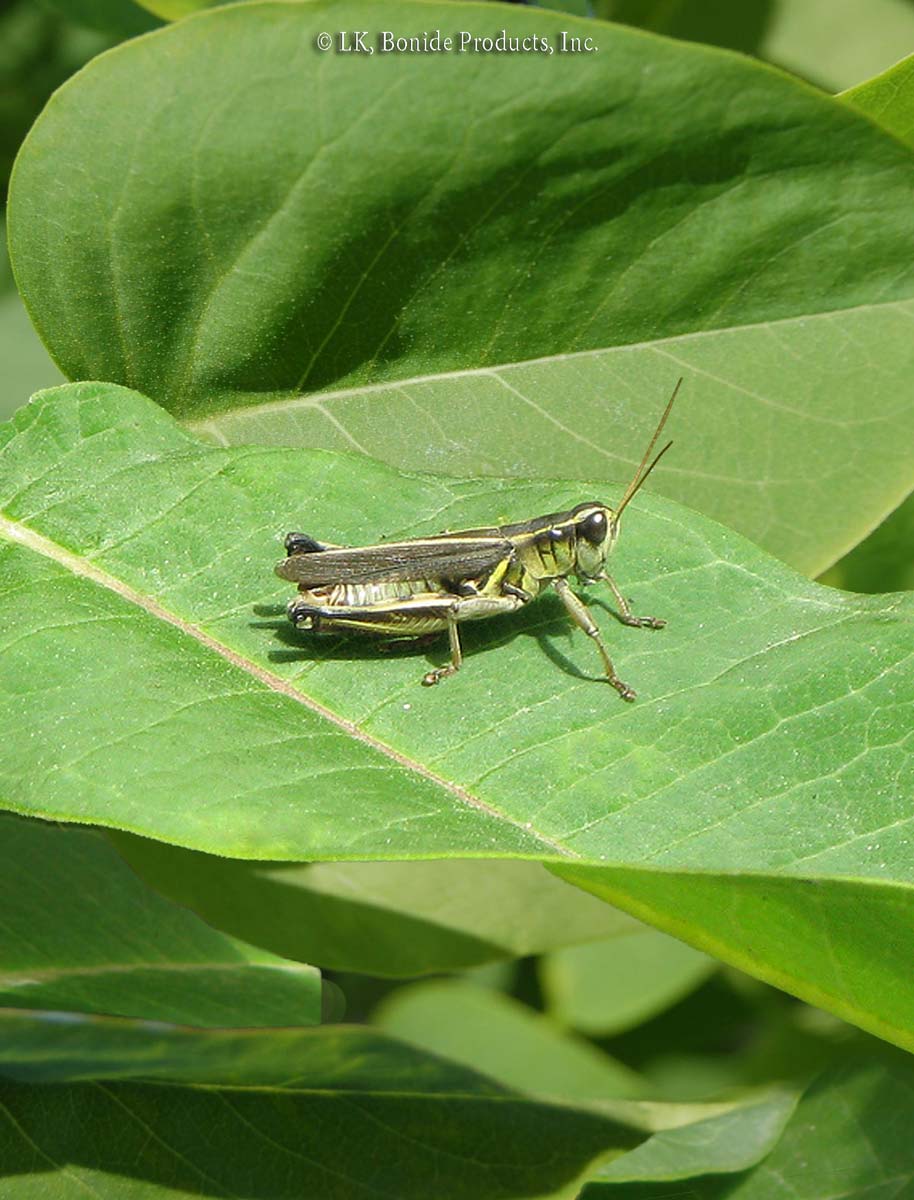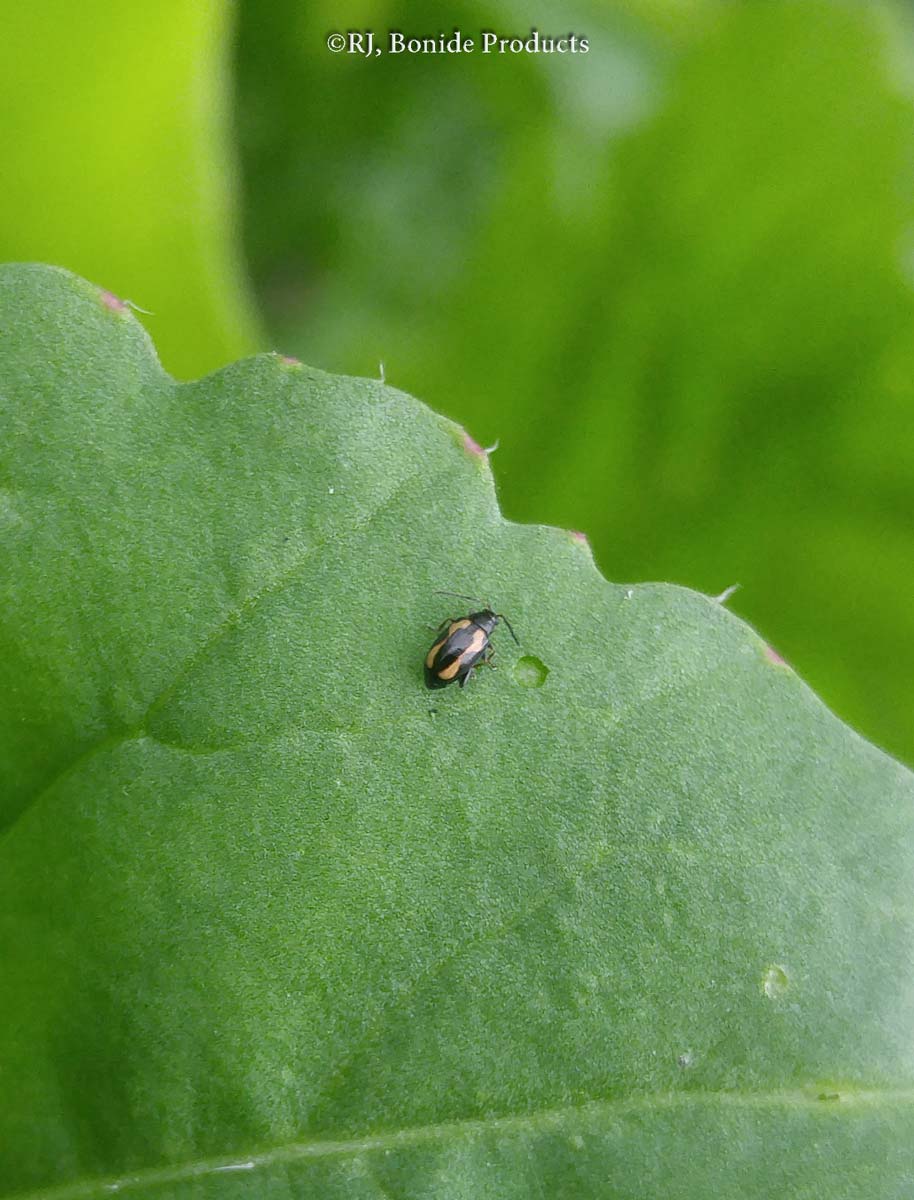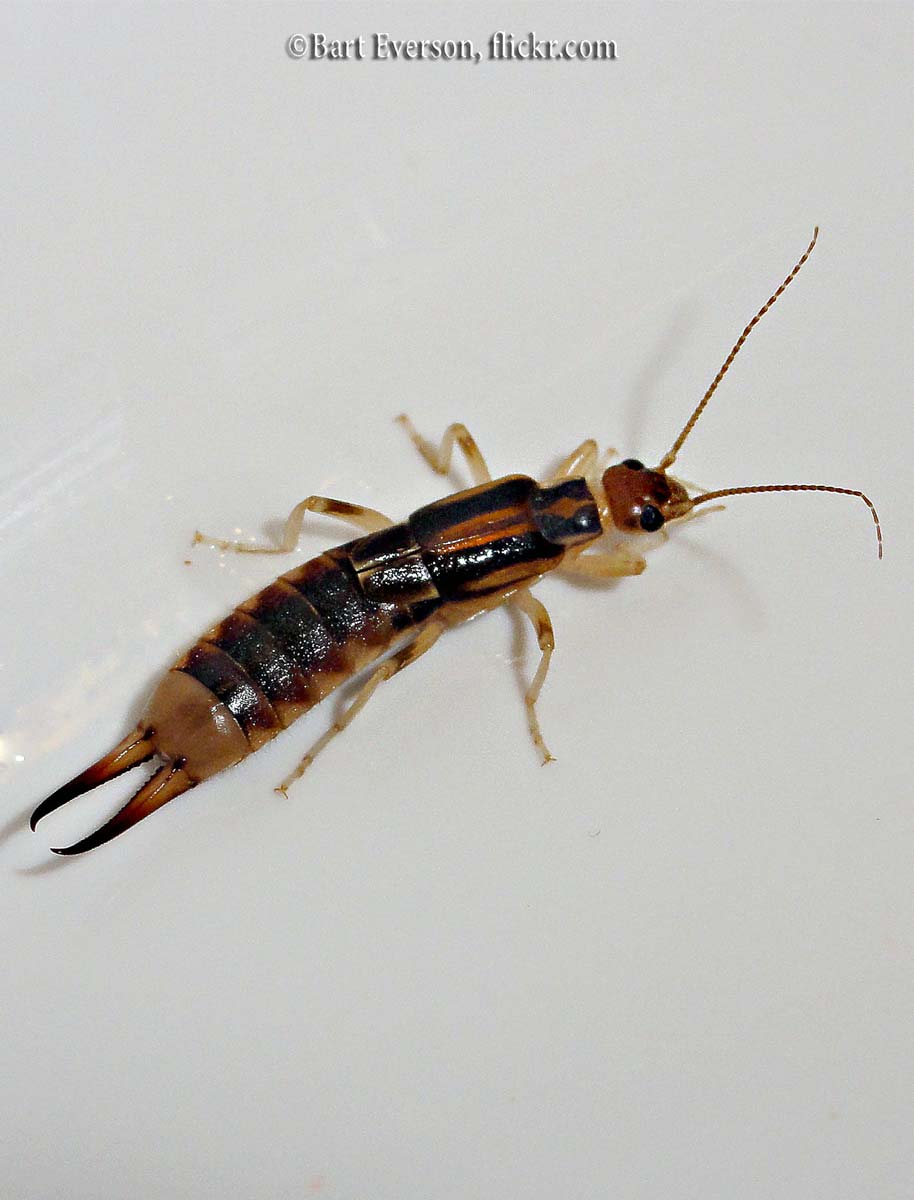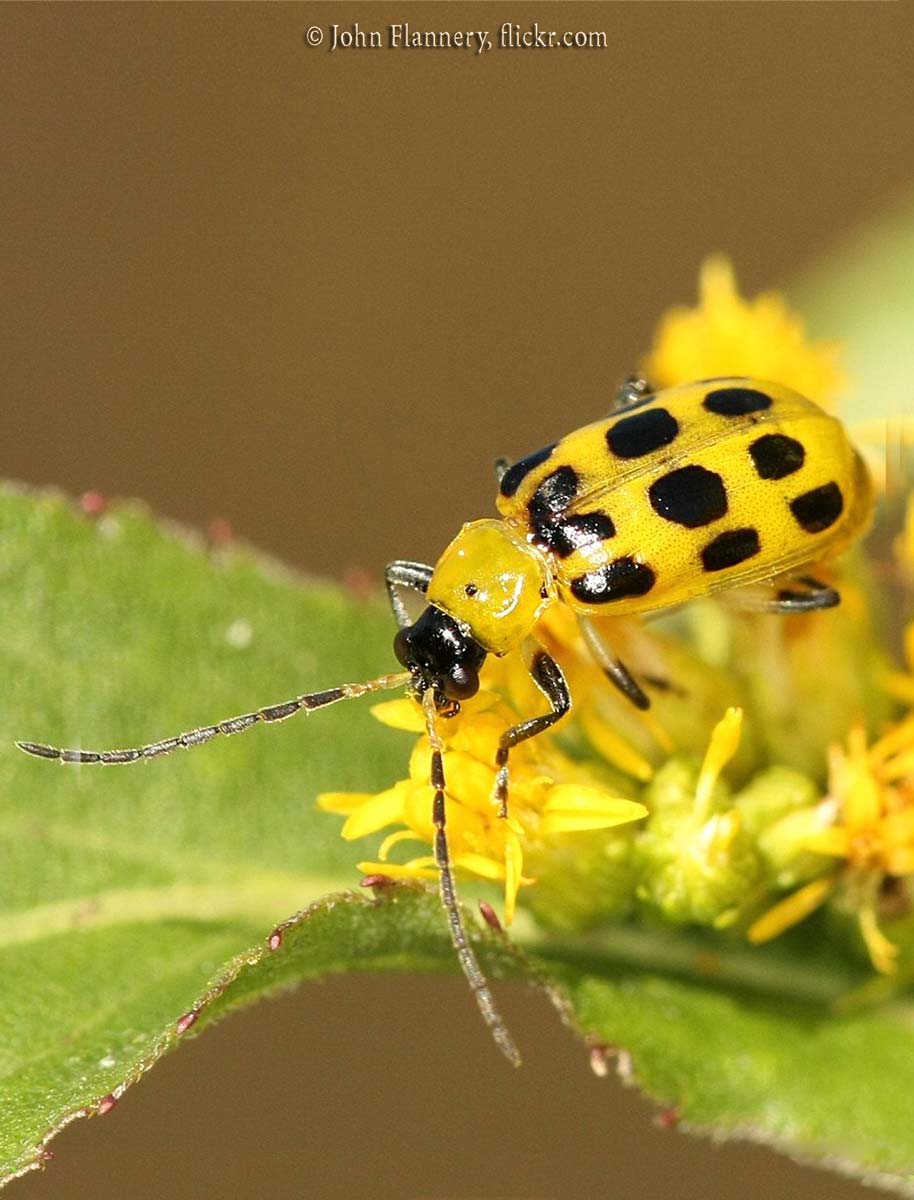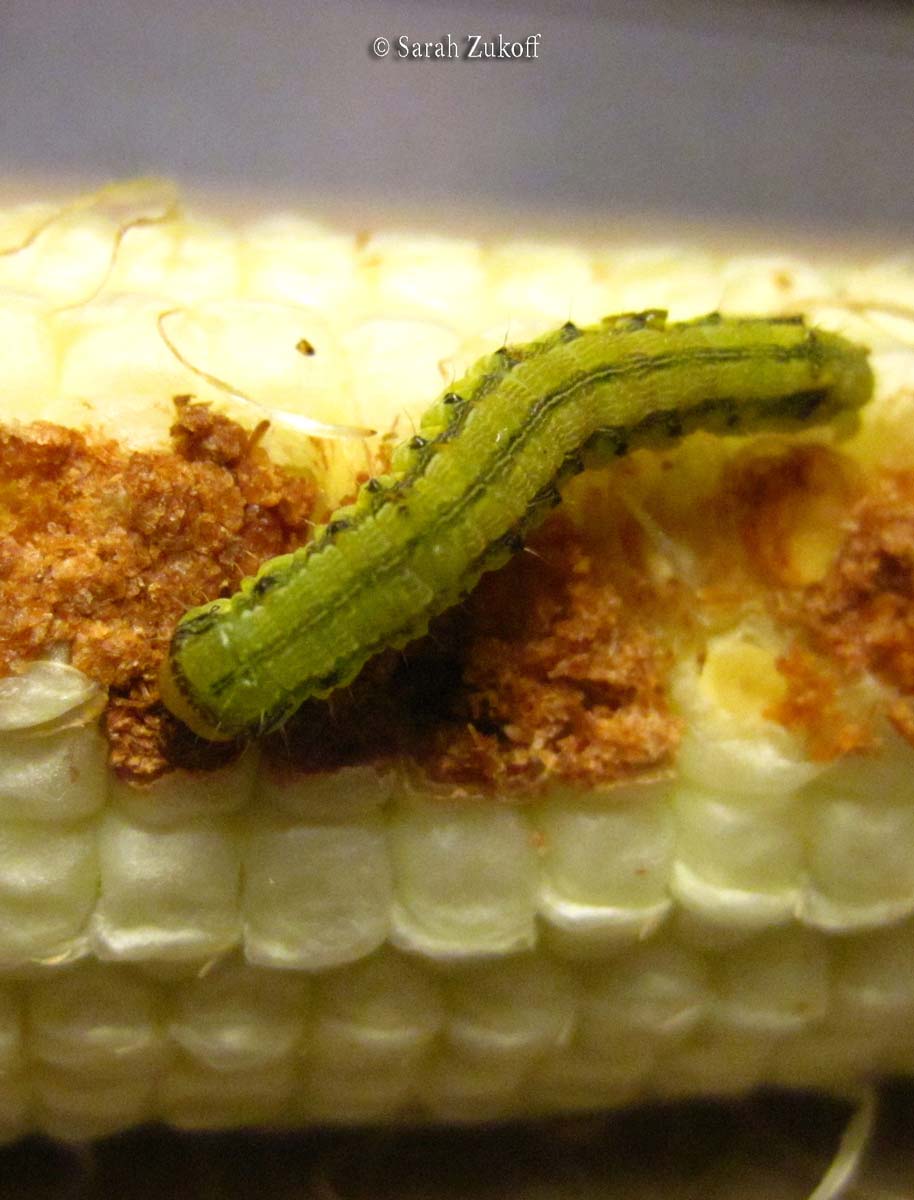Harlequin Bugs
These handsome black-and-orange pests are found largely in the southern half of the country. Shield shaped and 1/4 inch long, the harlequin is a type of stink bug, releasing a foul odor when disturbed. Its highly distinctive eggs resemble neat rows of tiny white barrels with black hoops. Both adults and nymphs suck plant sap. … Read more

